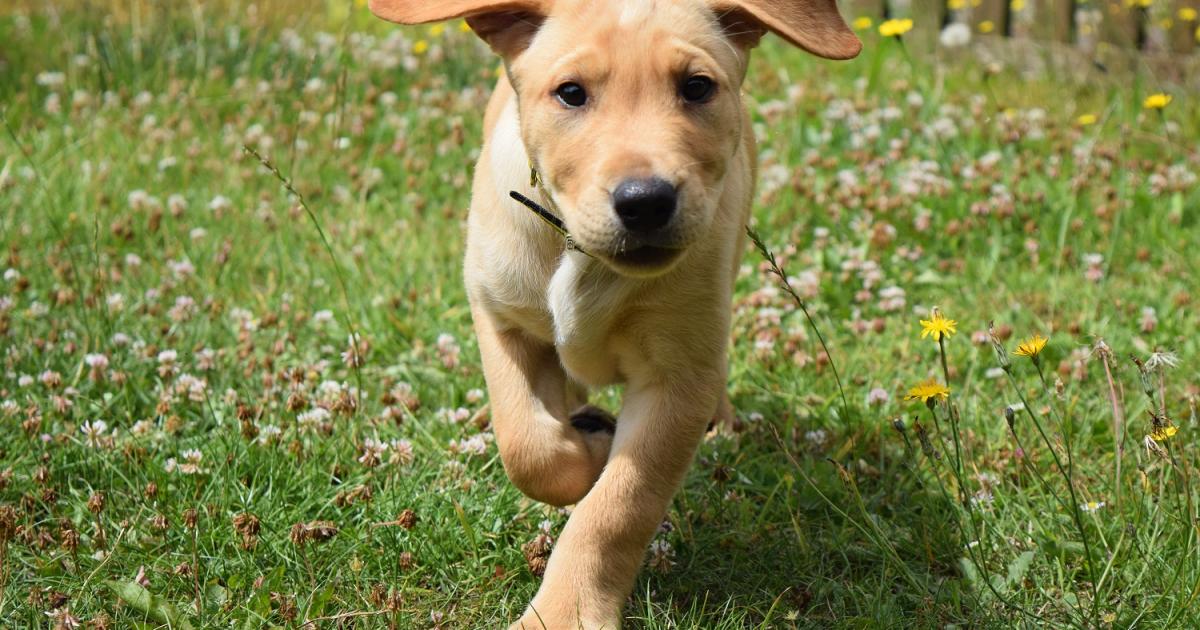Protect Your Dog: A Comprehensive Heatstroke Prevention Guide
Summer's here, and while we're enjoying the sunshine, our furry friends are more vulnerable to heatstroke than we are. Heatstroke in dogs is a serious, potentially fatal condition, so understanding prevention is crucial. This guide provides essential tips and information to keep your canine companion safe and healthy during hot weather.
Understanding Canine Heatstroke:
Dogs don't sweat like humans; they pant to regulate their body temperature. When the temperature and humidity are high, this natural cooling mechanism can become overwhelmed, leading to heatstroke. Symptoms can range from mild (heavy panting, excessive drooling) to severe (collapse, seizures, coma). Early recognition and immediate action are vital.
High-Risk Dog Breeds:
Certain breeds are more susceptible to heatstroke due to their physical characteristics. These include:
- Brachycephalic breeds: Bulldogs, Pugs, French Bulldogs, and others with short noses have difficulty breathing and regulating their temperature.
- Overweight dogs: Extra weight puts additional strain on the cardiovascular system.
- Senior dogs: Older dogs often have decreased respiratory and cardiovascular function.
- Dogs with dark coats: Dark fur absorbs more heat.
Prevention is Key: A Practical Guide to Keeping Your Dog Cool:
- Limit outdoor activity during peak heat: Avoid walks and strenuous exercise during the hottest parts of the day (typically between 10 am and 4 pm). Opt for early morning or late evening walks.
- Provide plenty of shade and water: Ensure your dog always has access to fresh, cool water. Consider providing a shaded area in your yard or using a cooling mat.
- Never leave your dog in a parked car: Even on a mild day, the temperature inside a parked car can quickly become deadly for a dog. This is crucial.
- Groom your dog regularly: Regular brushing removes excess fur, helping them stay cooler. Consider a shorter haircut for long-haired breeds during summer.
- Use cooling products: Cooling vests, bandanas, and mats can help lower your dog's body temperature.
- Monitor your dog closely: Pay attention to signs of overheating, such as excessive panting, lethargy, vomiting, or diarrhea.
- Know the symptoms of heatstroke: Be aware of the early warning signs and seek immediate veterinary attention if you suspect heatstroke.
- Cool your dog down gradually: If you suspect heatstroke, move your dog to a cool place, apply cool (not ice-cold) water to their paws and belly, and seek immediate veterinary care. Do not submerge your dog in cold water; this can cause shock.
Recognizing the Signs of Heatstroke:
Heatstroke symptoms can progress rapidly. Seek immediate veterinary attention if you notice:
- Excessive panting or difficulty breathing
- Increased heart rate
- Drooling excessively
- Lethargy or weakness
- Vomiting or diarrhea
- Staggering or collapse
- Seizures
- High body temperature (rectal temperature over 104°F or 40°C)
Summer Safety Checklist:
- ☐ Schedule walks for early morning or evening.
- ☐ Provide ample shade and fresh water.
- ☐ Never leave your dog in a parked car.
- ☐ Regularly groom your dog.
- ☐ Monitor your dog for signs of overheating.
- ☐ Have your veterinarian's number readily available.
Conclusion:
Protecting your dog from heatstroke requires vigilance and proactive measures. By following these tips, you can help ensure your furry friend enjoys a safe and happy summer. Remember, prevention is always better than cure. If you are ever unsure about your dog's condition, don't hesitate to contact your veterinarian.
Keywords: dog heatstroke, heatstroke prevention, dog summer safety, canine heatstroke, protect your dog, summer dog care, dog cooling tips, overheating in dogs, dog health
(Note: This article is for informational purposes only and does not constitute veterinary advice. Always consult with a veterinarian for any concerns about your dog's health.)

